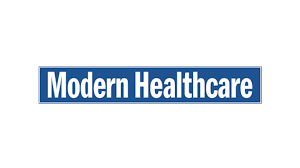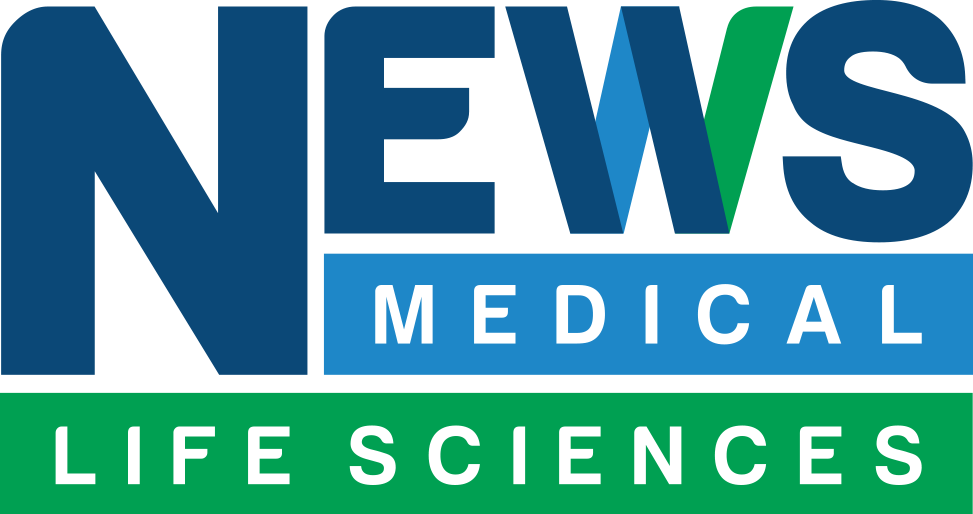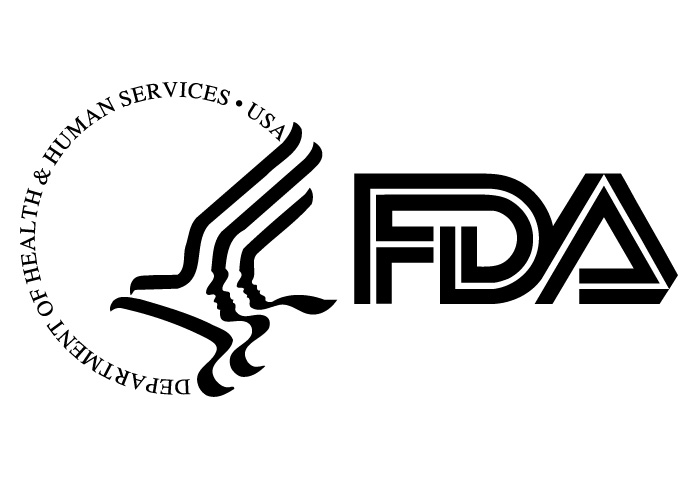Health systems boost security spending as workplace violence escalates

Editor's Note Hospitals are ramping up security in response to rising workplace violence, investing millions in weapons detection, staffing, and risk mitigation, according to an April 14 article in Modern Healthcare. Quoting executives from several large systems, the article details a shift from viewing security as a budgetary burden to…
Low-cost blood test predicts cardiovascular event risk

Editor's Note A low-cost blood test for troponin, a protein released during heart muscle damage, significantly improves long-term risk prediction for heart attacks and strokes—especially in patients with intermediate cardiovascular risk, according to an April 7 report from News-Medical.Net. The findings, based on a large-scale international study led by the…
GAO urges HHS to improve drug shortage response coordination

Editor's Note The Government Accountability Office (GAO) has called on the Department of Health and Human Services (HHS) to implement a formal mechanism for coordinating efforts to address ongoing drug shortages, which continue to jeopardize patient care nationwide. In a report released April 9, 2025, the GAO highlighted the critical…
Medication vial coring incidents prompt patient safety concerns
Editor's Note Safety organizations are raising concerns amid increased reports of improper needle use causing vial coring, leading to potential contamination and patient risk. Published April 4 by the Anesthesia Patient Safety Foundation (APSF) and ECRI/Institute for Safe Medicine Practices (ISMP), the alert offers interim guidelines to reduce risks associated…
FBI investigates as Oracle health data breach exposes patient information

Editor's Note Cybercriminals breached a legacy server at Oracle Health, stealing patient data from multiple hospitals and health systems, according to a March 31 article in Healthcare Executive. The breach, discovered around February 20, occurred before Oracle migrated the affected server from Cerner's system to Oracle Cloud. According to the…
FDA announces Class 1 recall for implantable ports

Editor's Note The US Food and Drug Administration (FDA) has deemed Smiths Medical’s recall of Proport Plastic Implantable Ports a Class 1, the most severe designation indicating serious risk of injury or death. The devices are designed for repeated venous access for injections, infusions, and/or blood samples. According to the…
Study: Implicit bias linked to low-value vascular procedures, worse outcomes for Black patients

Editor's Note Reducing the negative influence of implicit bias requires system-level interventions to ensure procedures align with best practices for all patients, according to results of new research on outcomes for vascular surgery patients. Published February 26 in JAMA Surgery, the study showed that implicit racial bias among vascular specialists…
Medical gaslighting tops ECRI’s 2025 patient safety threat list

Editor's Note Misdiagnosis, delayed treatment, and a breakdown of trust in healthcare can all result from time and resource constraints preventing proper engagement with patients—a concern that tops ECRI’s list of the most significant patient safety risks for 2025. As detailed in the global healthcare safety nonprofit’s March 10 announcement,…
New colonoscopy guidelines increase bowel prep quality expectations

Editor's Note New consensus recommendations from the US Multi-Society Task Force on Colorectal Cancer (MSTFCRC) set a 90% adequacy benchmark for bowel preparation in colonoscopy, reinforcing the role of preparation in ensuring accurate screenings and reducing the risk of missed lesions. As detailed in a March 4 joint press release…
Fresh tools, talking points drive sharps safety culture shift

Takeaways • The prevalence of needlesticks and other sharp object injuries to OR team members is 42.8%, an increase of 16% over the past decade. • New research and perspectives are shaping the discourse around sharps safety, such as new and expanded evidence-based practices presented in AORN’s 2025 update to…

 Free Daily News
Free Daily News